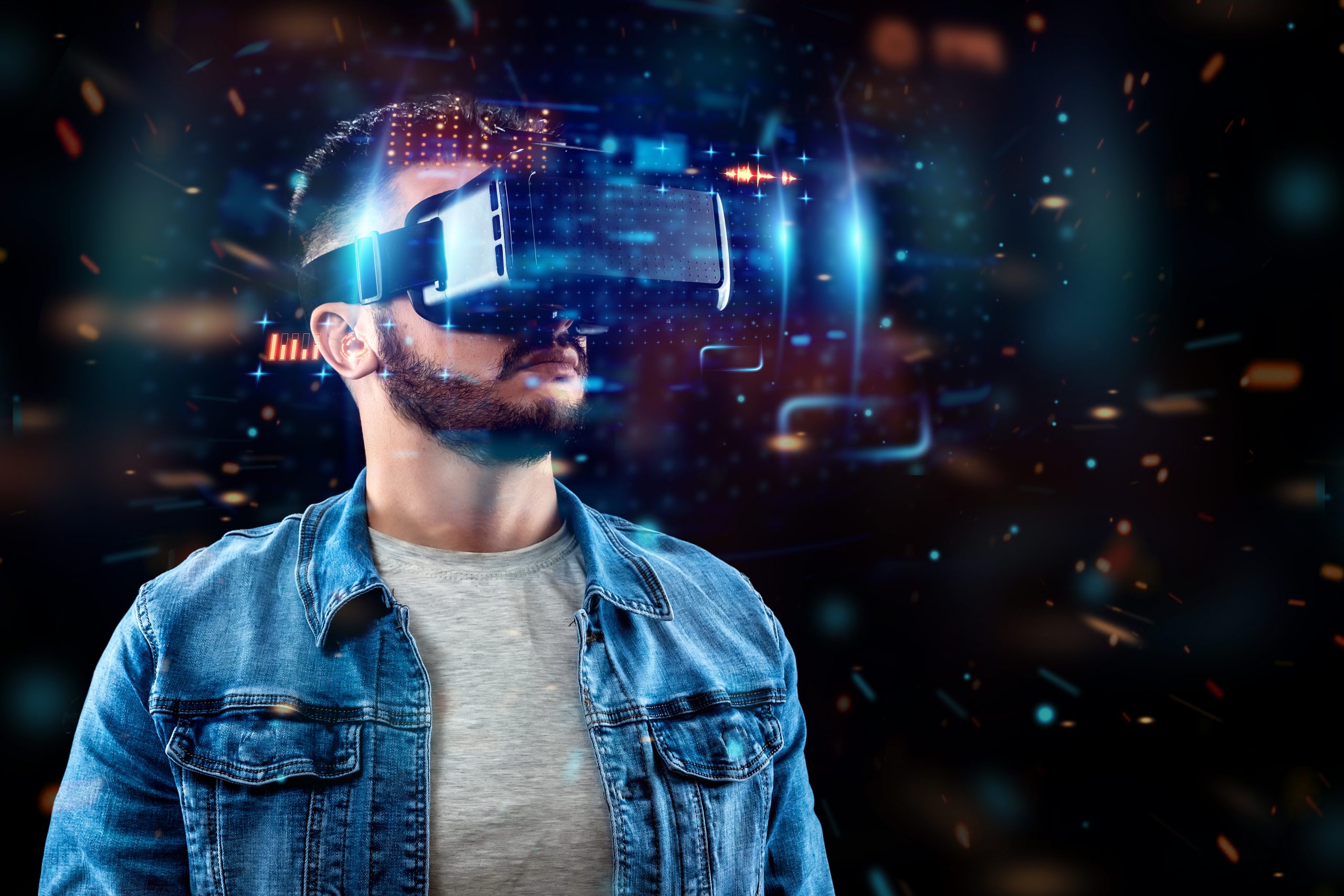The Best Virtual-Reality Headsets For 2022
There are many good VR headsets on the market, like the HTC Vive Pro 2 and the HP Reverb G2. The hybrid Meta Quest 2 has many people excited about the future of VR. Even better, the price of VR headsets is going down, which means that more people can try VR than ever before.
On the other hand, there are now more VR headsets than ever before, making it hard to choose which one to buy in 2022. Tech Advisor has tried all of the most popular VR headsets, so you don’t have to worry. Here, we tell you what to look out for when buying a headset and recommend the best ones on the market right now.
Meta Quest 2 – Best Overall
Meta has replaced Oculus as the company’s name, but the Quest 2 is still the best VR headset you can purchase. Like the original, the Quest 2 can be used on its own and can track from the inside out, but this time it is smaller. At nearly 2K per eye, the Quest 2 has the most detailed showcase of any VR headset in our chart.
This is amazing when considering that the entry-level price has gone down since the first-generation Quest. Qualcomm’s Snapdragon XR2 Platform also offers a big performance boost that will make standalone apps and games more fun over the next few months and years.
If that wasn’t enough, you can connect your Quest 2 to your PC with Oculus Link and play PC-only VR games like Half-Life: Alyx. If your Wi-Fi is good enough, you can do this without a cable with Air Link. The hybrid features can’t be found on any other VR headset on the market right now. The Meta Quest 2 is a great VR headset that can do many different things.
HTC Vive Cosmos – Modular PC VR
The Vive Cosmos is not the least expensive VR headset that consumers can buy. But the Cosmos range is unique because it can be put together in different ways. This is also why it costs a little more. When HTC comes out with new technology, Cosmos owners don’t have to buy a new headset. Instead, they can buy a new faceplate and attach it to their existing headset. This will save them a lot of money in the long run.
The Cosmos is a good VR system for low- to medium-intensity games with its six tracking cameras. However, the camera monitoring isn’t perfect, and losing track in fast-paced VR games can be frustrating. But that’s where the Cosmos Elite comes in: for a little more, you can get a Cosmos with true 1:1 SteamVR tracking, but it takes a long time to set up, and you have to use the first-generation Vive wands.
HTC Vive Pro 2: The VR screen with the most details
The HTC Vive Pro 2 seems like the perfect VR headset on paper. It has the highest resolution of any headset right now, a 120-degree field of view (FOV), and a smooth 120Hz refresh rate. However, in practice, it’s not quite as good. The pixel-packed display does a great job of adding detail to well-known VR games and giving them a new lease on life.
It also almost completely gets rid of the screen door effect. The problem is that the FOV is an oddly shaped rectangle, and the 120-degree FOV only refers to the horizontal FOV. Compared to the Valve Index, it makes some VR experiences feel a little more claustrophobic.
The general design of the Vive Pro 2 hasn’t changed either, so it’s just as heavy and uncomfortable to use for long periods as its predecessor. The wands for the Vive Pro 2 are also almost the same as in 2016. It’s also very expensive compared to most of the other headsets in our chart, so it’s only for the most dedicated VR fan who doesn’t mind some of the Vive Pro 2’s older design choices.
HP Reverb G2: Good price for high resolution
Even though it can’t quite match the 5K display of the HTC Vive Pro 2, the 4K display of the HP Reverb G2 will still be a huge step up for people who are still using first-generation VR headsets. It will have better textures, clearer images, and a wider field of view (114 degrees) than HTC’s option, but it won’t cost as much.
There is also inside-out tracking, which means there is no need for external base stations like SteamVR-powered options. However, unlike Oculus options, the Reverb G2 doesn’t work as well in small spaces. This problem goes beyond just tracking; the Reverb G2 doesn’t work well with PCs that AMD powers.
The Windows Mixed Reality platform it uses isn’t as good as SteamVR and Oculus offer, with bugs and the occasional full crash. If you want a high resolution, the Reverb G2 is still a good choice, but you might want to look elsewhere if you have an AMD PC.
PlayStation VR — Ideal for PS4 Players
The PlayStation VR headset is the only VR headset for console gamers. Microsoft’s Oculus Rift S can be used to play Xbox One games, but it doesn’t have VR capabilities. Sony’s virtual reality headset has a 5.7-inch OLED screen that has low persistence and, as a result, less motion blur when used.
It also has a refresh rate of 120Hz, better than the 90Hz refresh rate of the Oculus Rift S and the HTC Vive. Beautiful 120fps gameplay is theoretically possible, but we’re not sure if the PS4 or PS4 Pro could handle it. Sony seems to have had the same idea, so they made an extra box smaller than the PS4 and did most graphics work.
It will track where your head is and can also be used with Sony’s (failed) Move controllers, giving the old controllers a second chance. The tracking is basic, though. It uses a PlayStation Camera, and the area you can move around in is very small, the smallest of the “big three” VR headsets. It’s meant to be used while sitting down, and it does that well.
Oculus Rift S – Affordable VR for PC
The Oculus Rift S was, for a long time, the best VR headset for most people. It has a lot of improvements over the original and fixes most of the problems without raising the price. The Quest 2 has better optics, but the Rift S is comfortable and has high-end optics. It also has inside-out tracking, so you don’t need any external sensors.
It’s not the perfect headset, though, because it doesn’t have headphones built-in and only has one display instead of two. This means that the IPD is fixed at 63.5mm. The big problem is that the Rift S is no longer being made because the Facebook-owned company is putting more effort into standalone VR experiences. You can still buy it from some third-party stores while supplies last, but you probably won’t get any new features in the future.




